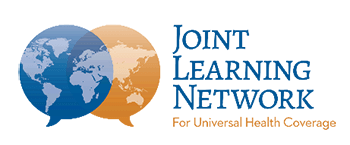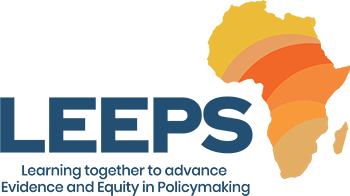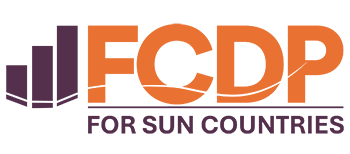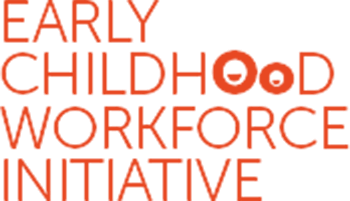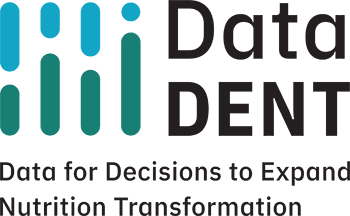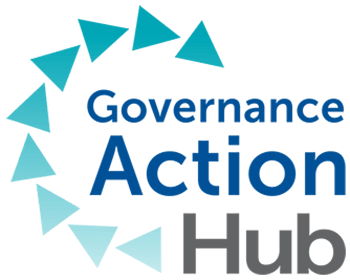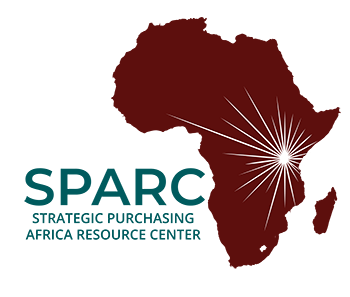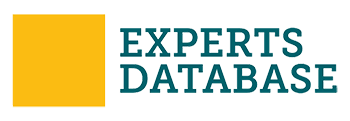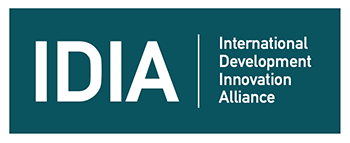Why does reducing maternal, newborn and child mortality remain a challenge, despite substantial progress and investments? R4D’s new analysis can help stakeholders in both the public and private sectors identify and address structural challenges in procurement and supply chain systems for RMNCAH-N products.
The Challenge
Despite progress toward achieving Sustainable Development Goal (SDG) 3, “Ensure healthy lives and promote well-being for all ages”, stagnation in reducing maternal, newborn, and child mortality (SDG 3.1 and 3.2) highlights persistent gaps in health equity. Universal access to sexual and reproductive healthcare (SDG 3.7) is essential, but investments in life-saving RMNCAH-N products alone are not enough to drive impact. Without strong procurement and distribution systems products fail to reach those who need them most leading to otherwise preventable deaths.
Only by addressing structural challenges in procurement and supply chain systems can investments in commodities translate into access for underserved populations and meaningful improvements in maternal, newborn, and child health.
The Opportunity
“You cannot fix what you cannot see.”
Results for Development (R4D) is partnering with the Global Financing Facility (GFF) to support countries in mapping and identifying issues in their mixed supply chain systems for RMNCAH-N products. This work will determine where precisely mixed system interventions and investments are required to address access barriers that limit health equity. The exercise will look at financing and information flows in mixed systems, in addition to product distribution channels. The Access to Procurement and Distribution Channels for RMNCAH-N Products (Access PDC) project, achieves this through two workstreams.
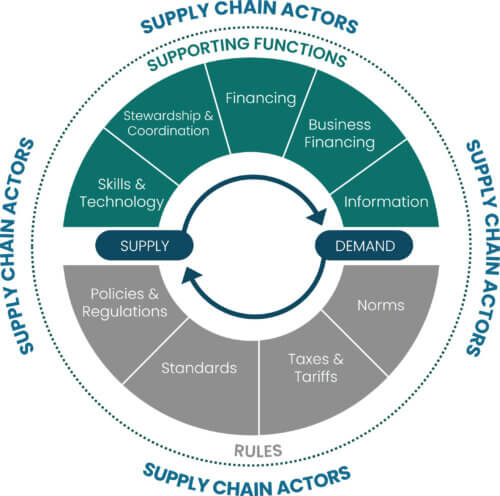 PDC Analysis: Access PDC will design and implement a methodology for mixed health systems analysis, for RMNCAH-N products. Through mapping procurement and distribution channel stakeholders, product flows, and bottlenecks, the analysis will identify investment and policy reform opportunities. Specifically, the analysis will identify priority areas where the public sector should 1) ‘own and operate’ supply chains, 2) ‘own and outsource’ or 3) ‘leverage and optimize’ private sector capabilities for distribution.
PDC Analysis: Access PDC will design and implement a methodology for mixed health systems analysis, for RMNCAH-N products. Through mapping procurement and distribution channel stakeholders, product flows, and bottlenecks, the analysis will identify investment and policy reform opportunities. Specifically, the analysis will identify priority areas where the public sector should 1) ‘own and operate’ supply chains, 2) ‘own and outsource’ or 3) ‘leverage and optimize’ private sector capabilities for distribution.- Advocacy: Access PDC will also identify advocacy pathways and develop advocacy toolkits for each country This work will structure utilization of the findings to stimulate investments into supply chain strengthening that improve equitable health access. Though not conducting advocacy work itself, the project will provide technical and program leadership in GFF partner countries with tools they need to mobilize and align resources to address procurement and distribution channel bottlenecks.
Supported by the Gates Foundation the Access PDC methodology will be implemented in three countries (Madagascar, Nigeria, and Kenya) over an 18-month period.

R4D’s Work
The outputs and lessons learned from the Access PDC project will be used to inform similar analyses in additional GFF countries (beyond the scope of this project) in the future. To support this ‘scaling out’, R4D and GFF will adapt and iterate on the methodology to ensure it has flexibility to be applied in additional geographies and contexts in line with GFF’s commodities and supply chain approach which emphasizes improving commodity access by shaping financing and supply chains to be client-centric, agnostic to whether they are publicly or privately operated.
Ultimately, Access PDC aims to contribute to the reduction of morbidity and mortality among women, children, and adolescents. To do so, Access PDC aims to achieve the following primary and secondary outcomes:
- Primary Outcome: Identify opportunities for catalytic and high-return investments – including World Bank IDA loans and GFF grants – that mobilize resources toward procurement and distribution channels within mixed health systems, as a key lever for improving equitable health access.
- Intermediate Outcome A: increase the selected partner countries understanding of procurement and distribution channels for RMNCAH-N commodities within their mixed health systems and potential interventions/investments to leverage and strengthen the overall system to improve equitable health access.
- Intermediate Outcome B: inform governments, GFF, and other donors’ strategic approach to collaboration, funding alignment and engagement with private sector actors to (1) strengthen procurement and distribution channels and (2) enable government stewardship of mixed systems that enhances equitable access to RMCNAH-N commodities.



